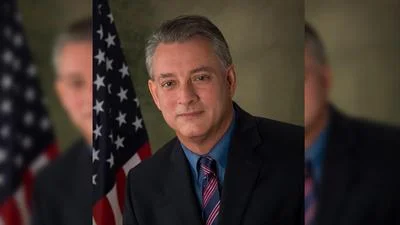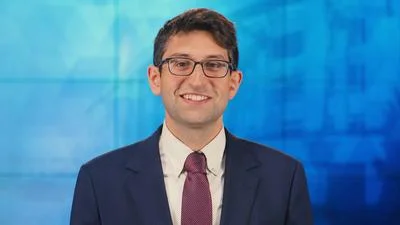The National Park Service (NPS) has approved the plan and corresponding environmental assessment (EA) for the issuance of a right-of-way permit to Verizon Wireless to construct, operate, and maintain a wireless telecommunications facility providing cellular service near Wuksachi Village within Sequoia National Park. On Feb. 13, 2019, a Finding of No Significant Impact (FONSI) was signed by the NPS Pacific West Regional Director, Stan Austin. The FONSI and EA constitute the record of the environmental impact analysis and decision-making process for this project.
Cellular coverage in Sequoia National Park is very limited. The wireless telecommunications facility would provide year-round cellular coverage in the vicinity of Wuksachi Village and surrounding areas, including Wuksachi Way and portions of the Generals Highway.
The NPS held several meetings and field trips with Verizon, starting in 2015, to identify potential tower locations and evaluate the feasibility of the facility installation. Following these meetings, Verizon Wireless submitted an application to Sequoia National Park on March 2, 2017, to install a wireless telecommunications facility near Wuksachi Village.
The EA analyzed a no action alternative and an alternative to install a wireless communications facility. During initial site visits, alternative locations for the antenna were assessed, including use of the Wuksachi Village main lodge building for mounting the antenna, and potential tower locations in the Lodgepole and Wolverton areas. All alternative locations evaluated were dismissed due to the site topography (i.e., site located in canyon area) and limited height of the building, which would not allow for adequate coverage, and/or lack of available electrical power. Alternative tower styles were also considered, including a lattice tower and a monopole.
The EA was available for a 32-day public review and comment period from Oct. 24, 2018, through Nov. 26, 2018. A total of 42 comments were received during public review of the EA. Public comments received during the review of the EA revealed that those opposed to the proposal were primarily concerned about visitors' experience of solitude, self-reliance, natural soundscapes, and the ability to disconnect from technology, particularly in wilderness. Comments in support cited benefits to visitor health, safety, and convenience resulting from enhanced communication. Potential effects on visitor experience and other resources were identified and evaluated in the EA.
Sequoia National Park's position is that improved cellular service will provide opportunities to more easily and quickly communicate park conditions to visitors, including realtime information on parking, traffic, weather, and hazardous conditions. Cellular service will also assist the park in providing educational and interpretive materials to park visitors, information about events and activities, maps, and other services, which could enhance the visitor experience and help protect park resources. Many visitors and park staff will view the service as a welcome benefit for purposes of accessibility, coordination, communication, and safety. While other visitors may view cell phone service as an unwelcome intrusion, the NPS is committed to a public education program to promote considerate use of cell phones in shared public facilities and spaces.
Sequoia and Kings Canyon National Parks are currently working with the permittee to design the tower. Construction will likely begin in 2020.
Copies of the decision documents will be sent to those who commented on the EA and provided an email or mailing address. In addition, decision documents for this project can be found on the NPS Planning, Environment and Public Comment (PEPC) website..
-NPS-
About Sequoia and Kings Canyon National Parks
These two parks, which lie-side-by-side in the southern Sierra Nevada in Central California, serve as a prime example of nature’s size, beauty, and diversity. Over 1.9 million visitors from across the U.S. and the world visit these parks for the world’s largest trees (by volume), grand mountains, rugged foothills, deep canyons, vast caverns, the highest point in the lower 48 states, and more. Learn more on our website or call 559-565-3341.
Source: U.S. Department of the Interior, National Park Service





